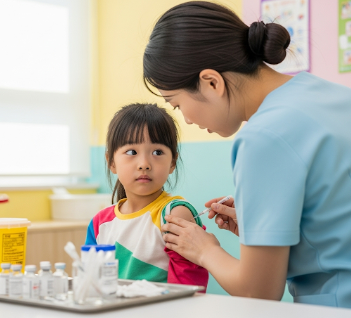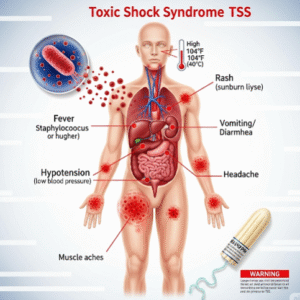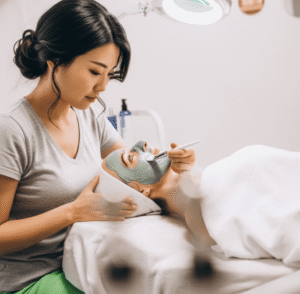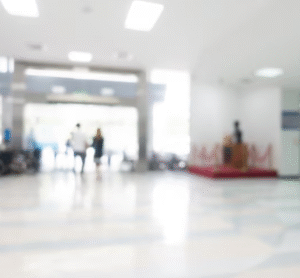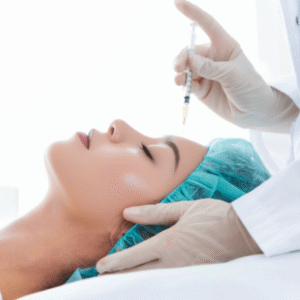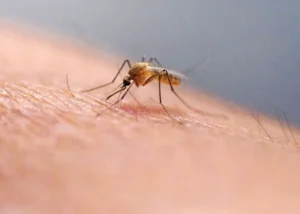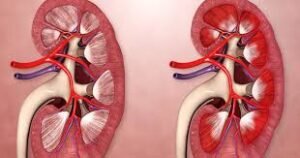What it is
A pre-school booster vaccine is a follow-up immunization given to children around 4–6 years old to reinforce protection against diseases they were initially vaccinated against in infancy. Boosters help maintain immunity and ensure continued protection as the child grows.
➡ Key vaccines commonly included in pre-school boosters:
- Diphtheria, Tetanus, Pertussis (DTaP)
- Polio (IPV)
- Measles, Mumps, Rubella (MMR)
- Varicella (chickenpox)
💡 Important points:
- Boosters strengthen waning immunity from early childhood vaccinations
- They are critical before school entry to reduce outbreaks in group settings
- In Korea, pre-school boosters are part of the national immunization program (NIP)
Why it’s done
Pre-school boosters are essential for ensuring continued immunity and preventing the spread of contagious diseases.
➤ Medical indications include:
- Protection against life-threatening infections → Diphtheria, tetanus, pertussis, measles, mumps, rubella, varicella
- School readiness → Children interact closely in classrooms, playgrounds, and daycare centers
- Catch-up vaccination → For children who missed earlier doses or require additional protection
- Public health prevention → Reduces the likelihood of community outbreaks
➤ Key benefits:
- Maintains high levels of immunity against childhood diseases
- Reduces hospitalization and severe complications
- Protects vulnerable populations, including infants and immunocompromised children
- Ensures compliance with school entry requirements
Alternatives
While pre-school boosters are the standard, alternatives or complementary measures may include:
✔ Catch-up immunization schedules → For children who missed earlier doses
✔ Combination vaccines → Reduce the number of injections while providing broad protection
✔ Medical exemption programs → For children with specific contraindications (rare)
✔ Enhanced hygiene and infection control → In settings where vaccination is delayed
Note: While hygiene and infection control are helpful, vaccination remains the primary and most effective method to prevent these diseases.
Preparation
Proper preparation ensures safe and effective vaccination.
🔹 Medical evaluation
- Review the child’s immunization history
- Assess for allergies or previous adverse reactions
- Evaluate current health status to ensure child is well enough for vaccination
🔹 Parental guidance
- Inform parents about expected side effects and post-vaccination care
- Provide instructions for pain management, fever, or mild swelling
🔹 Logistics
- Schedule the vaccine at a licensed hospital, clinic, or public health center
- Ensure availability of pediatric-trained staff and emergency protocols
How it’s done
Pre-school booster vaccines are administered via injection, typically in the arm or thigh, depending on the child’s age and vaccine type.
➡ Step-by-step procedure:
- Vaccine administration
- Use needle and syringe or prefilled injector
- Multiple vaccines may be given in a single visit, either separately or as combination shots
- Observation period
- Children are monitored for 15–30 minutes for any immediate allergic reaction
- Documentation
- Record vaccination in the child’s immunization card and national registry
- Schedule follow-up or catch-up doses if needed
💡 Tips for effectiveness:
- Ensure the child receives all recommended doses on schedule
- Follow the physician’s instructions for side effect management
- Encourage hydration and light activity post-vaccination
Recovery / Expected Outcomes
Recovery after a pre-school booster is typically quick and uncomplicated.
🔹 Common post-vaccination effects:
- Mild pain, redness, or swelling at the injection site
- Low-grade fever or fatigue for 1–2 days
- Temporary fussiness or irritability in some children
🔹 Clinical outcomes:
- Strong immune response ensuring protection against targeted diseases
- Reduced risk of infections and outbreaks in schools
- Minimal disruption to daily activities or school attendance
🔹 Long-term benefits:
- Maintains lifelong protection when combined with subsequent vaccinations
- Supports community immunity (herd immunity)
- Provides foundation for future adolescent and adult vaccinations
Complications / Considerations
Pre-school booster vaccines are generally safe, but considerations include:
⚠ Mild side effects → Redness, swelling, fever, fatigue, or mild rash
⚠ Allergic reactions → Rare, immediate medical attention required
⚠ Contraindications → Severe allergy to vaccine components, moderate or severe acute illness
⚠ Need for follow-up doses → Some vaccines require multiple booster shots for full efficacy
Mitigation:
- Administer vaccines in licensed facilities with pediatric expertise
- Monitor children for immediate reactions post-vaccination
- Educate parents on what to expect and when to seek medical care
Treatment Options in Korea
Pre-school booster vaccines are widely available in hospitals, clinics, and public health centers across Korea:
🏥 Hospitals and clinics offering pre-school boosters:
- Seoul National University Hospital (SNUH) → Comprehensive pediatric immunization programs
- Asan Medical Center → Pre-school boosters with follow-up and monitoring
- Samsung Medical Center → Pediatric vaccination including combination vaccines
- Local public health centers → Provide vaccines free or subsidized under National Immunization Program (NIP)
💰 Insurance and cost:
- National Health Insurance covers all routine pre-school booster vaccines for children
- Private payment may apply for non-standard or imported vaccines
- Costs may vary depending on hospital, type of vaccine, and combination doses
🔹 Additional support:
- Counseling for parents on vaccination schedules and side effect management
- Reminder services for catch-up or follow-up doses
- Integration with school health checkups and public health programs
Conclusion
The pre-school booster vaccine in Korea is a safe, effective, and essential preventive measure to protect children from serious infectious diseases.
By ensuring timely vaccination, it:
- Maintains immunity against diphtheria, tetanus, pertussis, polio, measles, mumps, rubella, and varicella
- Reduces risk of infections and complications in schools and communities
- Supports lifelong health and herd immunity
- Provides peace of mind for parents and educators regarding child safety

